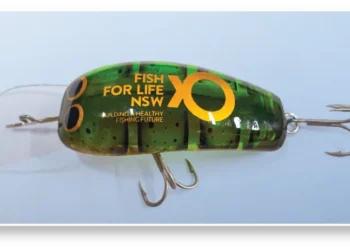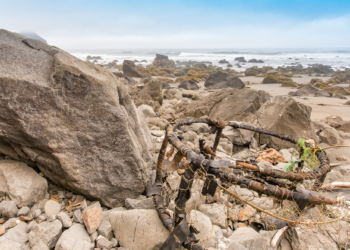
THIS column doesn’t usually start with a website reference but today it does. That’s because some of the issues and proposals it contains are based on a Fisheries Resources & Development Corporation study into yellowtail kingfish stocks conducted in 2018, and the information there is way too detailed and important to try to fully summarise here. The full study report is available at https://www.fish.gov.au/report/218-Yellowtail-Kingfish-2018
The report notes that the Eastern Australian kingfish stock is “undefined”. Its tables indicate that while kingfish is not of particular commercial significance in South Australia and Queensland, it is in NSW and Commonwealth waters. And in those waters, commercial catch rates have declined substantially from the mid 1980’s to now. And worryingly, since the early 2000’s, 90% of the commercial catch has been less than 85cm in length. 85cm is the approximate size at maturity for female yellowtail kingfish, that is when most first breed. If you’re extracting tonnes of fish that have never bred, that usually means trouble in the longer term.
So, should the minimum legal length be lifted to 85cm to try and give a better chance for stock survival? A contentious proposition, as it would apply to both recreational and commercial catches. When the NSW limit went up from 60cm to 65cm in 2007, representatives from both camps complained, partially successfully, as the NSW Fisheries proposal was to go to 75cm. While the commercial opposition was, as always, dollar driven, the rec sector polarised between those who believed kingfish stocks were in decline and those who contended there wasn’t a problem. The “problem deniers” seemed to be largely skilled kingfish anglers who were successfully targeting healthy local populations which had rebounded after significant environmental improvements, the standout success being Sydney Harbour. But the big risks, as the FRDC study numbers show, are to the overall regional population.
Australian states have wide range of bag and size limit restrictions for kingfish. In SA, where there’s not much commercial targeting but quite a lot of recreational, the size limit is 60cm but the daily bag limit is 1. In Victoria, it’s 60cm with a 5 bag limit. In Queensland, 60cm and a 2 fish possession limit. In WA, 60cm and 3 bag limit in combination with other large pelagics, which means if you’ve kept 3 Spaniards you can’t keep a kingfish. In good old Tassie, 45cm, 5 bag, 10 in possession. NSW has the highest size limit, 65cm, but also the equal highest daily bag limit at 5. The Kiwis, who share the same Eastern kingfish stock, have 75cm and a 3 bag limit, but many NZ fishing clubs have a voluntary minimum size limit of 1 metre. They’ve also got a better national anthem and a better rugby team.
So, what should NSW do, given it appears to have the most significant risk to its stocks? Maybe take a look at the USA and its management of the red drum, a jewfish relative. President George Bush enacted legislation in 1987 to declare them a protected species as their heavily fished stocks declined. It’s no longer legal to commercially harvest and sell wild-caught red drum in most southern states such as Texas, Louisiana, Alabama and Florida, where the stocks were at most risk. But each of these retains a regulated red drum rec fishery, typically based around slot limits of around 50 to 70cm, low daily bag limits of 1 to 3, and exemptions to keep 1 or 2 “trophy” fish per year above the 70cm. These sorts of measures have allowed red drum stocks to rebuild. Is it time for our fisheries regulators to take a similar radical approach to yellowtail kingfish management?
















